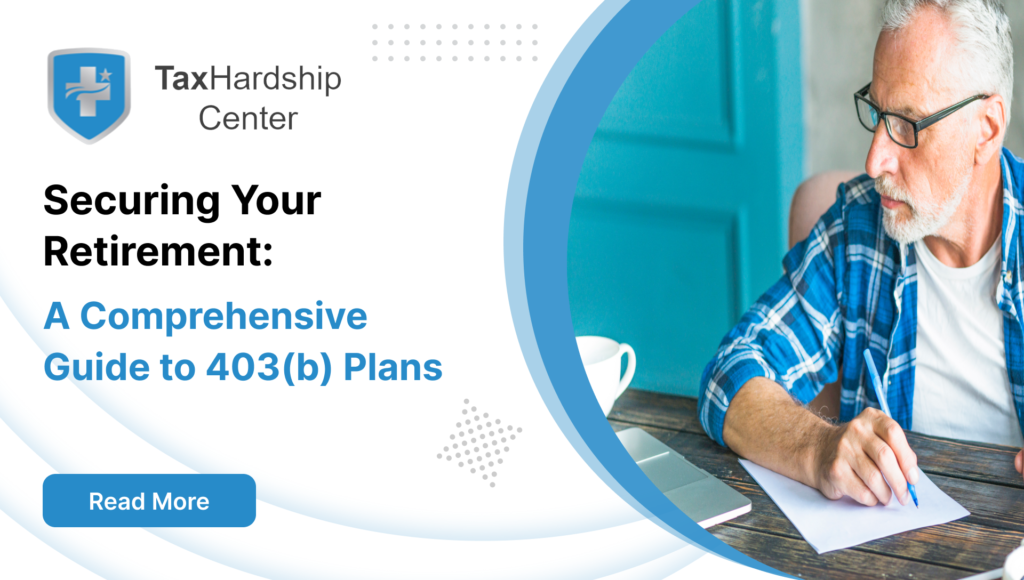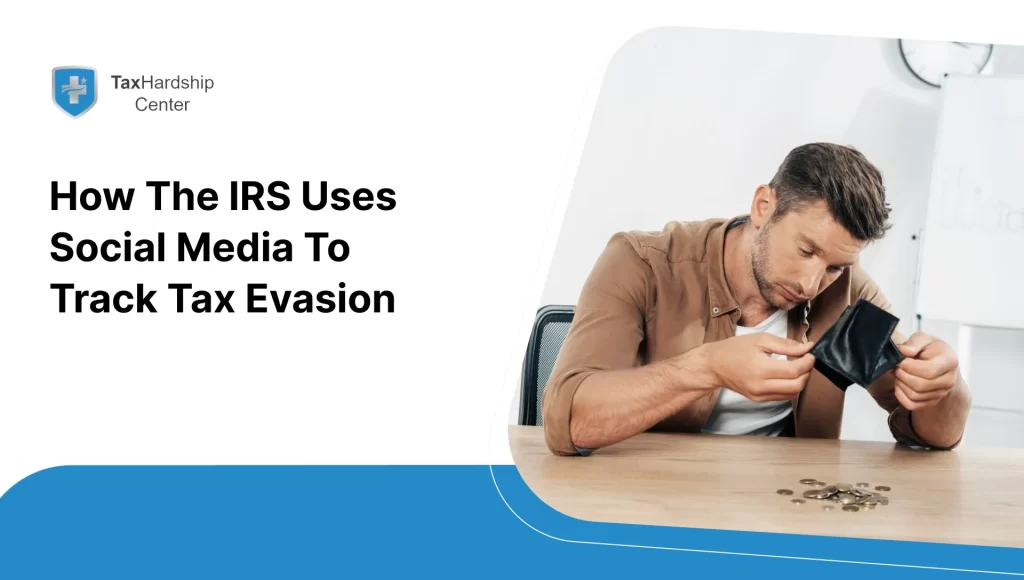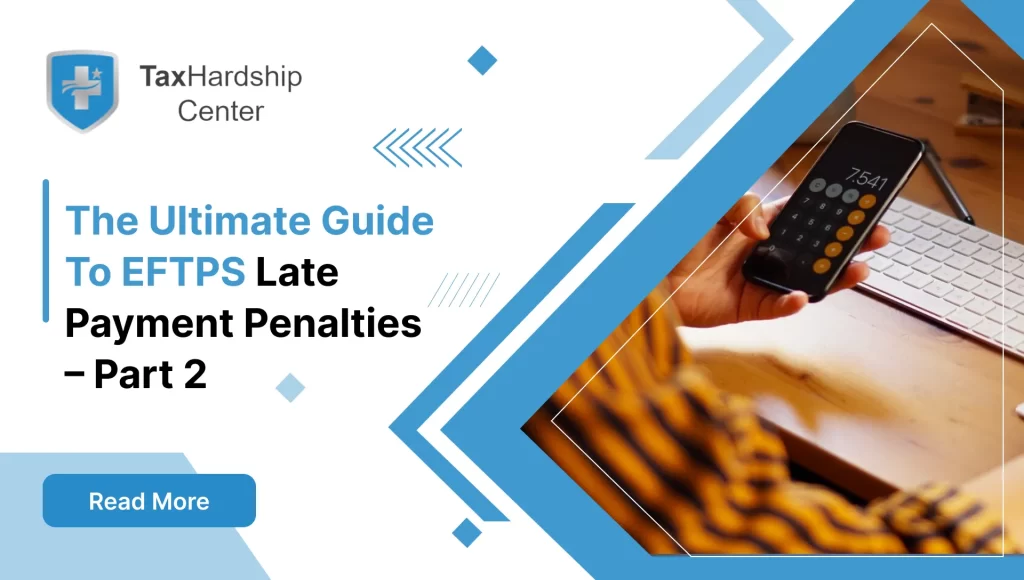Planning for retirement is an essential part of ensuring financial security. With various retirement plans offering unique benefits and structures, it’s crucial to understand your options. Among these plans, the 403(b) plan is particularly notable for employees of public schools, non-profit organizations, and certain religious institutions. By comprehending the intricacies of a 403(b) plan, you can significantly enhance your retirement savings strategy.
What is a 403(b) Retirement Plan?
A 403(b) plan, named after the section of the Internal Revenue Code that governs it, is a retirement savings plan tailored primarily for employees of public schools, certain tax-exempt organizations, and some ministers. The plan aims to provide a tax-advantaged method for these employees to save for retirement. Contributions are made via payroll deductions and are invested in various options to grow the retirement nest egg over time.
Eligibility and Participants
To participate in a 403(b) plan, you must be an employee of a public school, a tax-exempt organization under 501(c)(3), or a minister. This includes teachers, school administrators, professors, government employees, nurses, doctors, and employees of non-profit organizations. Eligibility extends to ministers in certain cases and employees of public school districts, including charter schools and special districts.
How Tax Hardship Center Eases Tax Concerns
Navigating the complexities of retirement planning and tax regulations can be overwhelming. At Tax Hardship Center, we understand the challenges individuals face when managing their 403(b) plans, and we’re here to help ensure a smooth and effective retirement savings process.
Our experts can assist with:
- Choosing the Right Contribution Options: We’ll help you navigate the intricacies of traditional vs. Roth 403(b) plans and select the best contribution options based on your income and financial situation.
- Accurate Data Entry: Avoid errors and ensure your 403(b) contributions are accurately processed to prevent issues with your retirement savings.
- Ongoing Support: We provide continuous support to help you adjust your 403(b) contributions as your financial situation changes, ensuring you maintain the right balance in your retirement savings strategy.
- Retirement Planning Advice: Receive personalized advice on retirement planning to optimize your 403(b) contributions and manage your retirement savings effectively.
Focus on your future; we’ll handle the complexities of your 403(b) plan! Schedule a free consultation with the Tax Hardship Center today.
Contributions to Your 403(b) Plan
Boost your retirement savings and enjoy tax advantages with a 403(b) plan! This employer-sponsored retirement account is a fantastic option for teachers, public school employees, and those working for certain non-profit organizations. Here’s how it works:
- Easy Payroll Deductions: Say goodbye to complicated investment transfers. Contributions to your 403(b) are typically made automatically through payroll deductions, making it a seamless way to save for your future. The money comes straight from your paycheck before taxes are applied, so you will get it. I’ll see a smaller tax bill each year.
- Maximize Your Contributions: The IRS sets contribution limits yearly, ensuring you can save substantially towards retirement. In 2023, the limit for employee contributions is a generous $22,500. Are you feeling like a high-earner? If you’re 50 or older, you can take advantage of an additional catch-up contribution of $7,500 to supercharge your retirement savings.
Traditional vs. Roth
A remarkable feature of 403(b) plans is the choice between traditional and Roth contributions. Let’s break it down:
- Traditional 403(b): This option lets you contribute pre-tax dollars, which means you’ll immediately see a lower tax bill. However, when you withdraw your money in retirement, it will be taxed as ordinary income.
- Roth 403(b): You contribute after-tax dollars here so that you won’t get an immediate tax break. But the good news is qualified withdrawals in retirement are completely tax-free! This can be a massive advantage if you expect to be in a higher tax bracket later in life. Consider it growing your nest egg tax-sheltered for a sunnier financial future.
Choosing between traditional and Roth depends on your current tax situation and your educated guess about your tax bracket in retirement. It’s wise to consult a financial advisor to determine which option best suits your needs.
Benefits of a 403(b) Plan
Imagine saving for retirement and getting a tax break right now! That’s exactly what a 403(b) plan offers. Here’s how it can supercharge your golden years:
- Double the Tax Joy: Contributions to a traditional 403(b) plan act like a magic shield against taxes. The money you contribute lowers your taxable income in the current year, meaning you pay less in taxes today. But the magic doesn’t stop there! All the earnings and growth within the plan are tax-deferred and sheltered from Uncle Sam until you withdraw the money in retirement.
- Tax-Free Forever with a Roth 403(b): Looking for a tax bonanza in retirement? A Roth 403(b) might be your perfect match. While you’ll pay taxes upfront on your contributions, all future growth and qualified withdrawals are tax-free. Imagine your retirement savings growing bigger and bigger, untouched by the taxman!
- Free Money Alert! (Thanks, Boss!): Many employers understand the importance of a secure retirement for their employees. That’s why they often offer a matching contribution to your 403(b) plan. This is free money deposited into your retirement account, up to a certain percentage of your salary. It’s like getting a raise specifically for your future self! Thanks to the power of compounding, these employer contributions can snowball over time, significantly boosting your retirement savings.
- Invest Like a Pro: 403(b) plans go beyond saving money. They offer diverse investment options, including mutual funds and annuity contracts. This variety allows you to tailor your investments to your risk tolerance and retirement goals. Want to play it safe? Choose conservative options. Are you looking for aggressive growth? There are options for that, too! By diversifying your investments, you can spread your risk and achieve a healthy balance between stability and growth.
So, if you’re looking for a way to save for retirement, reduce your tax burden, and benefit from employer contributions and diverse investment options, a 403(b) plan is the perfect fit. It’s a powerful tool to help you build a secure and comfortable future!
Maximizing Your 403(b)
Strategies for Growth
To maximize the growth potential of your 403(b), consider the following strategies:
- Contribute Up to the Limit: Aim to contribute the maximum the IRS allows each year to leverage tax advantages and grow your savings.
- Take Full Advantage of Employer Match: Always contribute at least enough to receive the full employer match.
- Diversify Investments: Spread your investments across different asset classes to mitigate risk and enhance returns.
- Rebalance Periodically: Regularly review and adjust your investment portfolio to align with your retirement goals and risk tolerance.
Understanding Your Investment Choices
Understanding the investment options within your 403(b) plan is crucial. Mutual funds, for instance, offer a range of stocks, bonds, and other securities, allowing for diversification. Annuities provide a steady income stream during retirement but come with specific fees and restrictions. Selecting the right investment mix involves examining fees, historical performance, and risk tolerance. Consulting with a financial advisor can help tailor your investment strategy to your needs.
Common Questions About 403(b) Plans
Several misconceptions surround 403(b) plans. Let’s address a few common ones:
- Myth: Only teachers can have a 403(b).
Fact: While many teachers participate in 403(b) plans, they are also available to employees of non-profit organizations, certain healthcare workers, and some ministers.
- Myth: 403(b) plans are inferior to 401(k) plans.
Fact: 403(b) and 401(k) plans offer unique features and benefits. The right choice depends on your employment sector, plan specifics, and individual needs.
- Myth: You cannot take loans from a 403(b).
Fact: Many 403(b) plans allow for loans, but the terms and availability vary by plan sponsor. It’s vital to check your specific plan’s provisions.
Planning for the Long Term
Case Studies
Consider hypothetical case studies to illustrate different strategies for utilizing a 403(b) plan effectively:
- Case Study 1: Sarah, a Public School Teacher
Sarah, age 45, contributes the maximum to her traditional 403(b) plan to take advantage of pre-tax contributions. Her employer matches 5%, providing immediate growth. Sarah diversifies her investments across stocks and bonds, regularly rebalancing to maintain her desired allocation.
- Case Study 2: John, a Non-Profit Employee
John, age 50, prefers the Roth 403(b) for tax-free withdrawals in retirement. He also takes advantage of catch-up contributions. John seeks a balanced portfolio with a mix of equities and fixed-income funds to manage risk and growth.
Expert Insights
Financial experts emphasize that effectively managing and optimizing a 403(b) plan involves understanding your objectives, regularly reviewing your investments, and staying informed about tax laws and contribution limit changes. They advise:
- Start Early: The sooner you begin contributing, the more time your investments have to grow.
- Maximize Contributions: Take full advantage of contribution limits and employer matches.
- Review and Adjust: Periodically review your portfolio and adjust as needed to align with your goals.
Conclusion
403(b) plans provide a robust framework for employees of public schools, non-profit organizations, and certain religious institutions to secure their financial future. Understanding the structure, benefits, and strategies associated with 403(b) plans allows you to make informed decisions that enhance your retirement savings. Balancing immediate tax advantages, employer contributions, and investment options is key to maximizing the potential of your 403(b) plan. Consulting with a financial advisor can provide personalized insights and help tailor your retirement strategy to your needs and goals.
Why Tax Hardship Center?
1. Hassle-Free Assistance:
Say goodbye to sleepless nights and endless tax-related stress. At the Tax Hardship Center, we believe in simplifying the complex. Our team of experts is dedicated to guiding you through every step of the process, ensuring that your tax concerns are met with precision and care.
2. 14-Day Money Back Guarantee:
We’re so confident in our ability to ease your tax worries that we offer a 14-day money-back guarantee. If, for any reason, you’re not satisfied with our service, we’ll gladly refund your investment. Your peace of mind is our top priority!
3. Free Consultation:
Are you curious about how we can transform your tax experience? Book a free consultation now! Our team will assess your situation, answer your questions, and provide free insights tailored to your needs.
4. Nationwide Coverage:
No matter which corner of the United States you call home, the Tax Hardship Center covers you. We proudly serve all 50 states, bringing our expertise to your doorstep. Wherever you are, our commitment to excellence follows.
FAQs:
1. What is a 403(b) plan?
A 403(b) plan is a retirement savings plan for employees of public schools, certain tax-exempt organizations, and some ministers. It provides a tax-advantaged way to save for retirement.
2. Who is eligible for a 403(b) plan?
Employees of public schools, tax-exempt organizations under 501(c)(3), and some ministers are eligible. This includes teachers, professors, healthcare workers, and employees of non-profits.
3. What are the contribution limits for a 403(b) plan?
As of 2023, the contribution limit is $22,500 for elective deferrals, with an additional $7,500 catch-up contribution for those aged 50 and older.
4. What is the difference between a traditional and Roth 403(b)?
Traditional 403(b) contributions are pre-tax, reducing taxable income; withdrawals are taxed in retirement. Roth 403(b) contributions are after-tax, and withdrawals are tax-free in retirement.
5. Can I take loans from my 403(b) plan?
Many 403(b) plans allow loans, but terms and availability vary by plan sponsor. Check your specific plan’s provisions.
6. Are there penalties for early withdrawal from a 403(b)?
Yes, withdrawals before age 59 ½ typically incur a 10% penalty plus regular income tax. However, there are exceptions for specific situations, such as substantially equal periodic payments or medical expenses.








